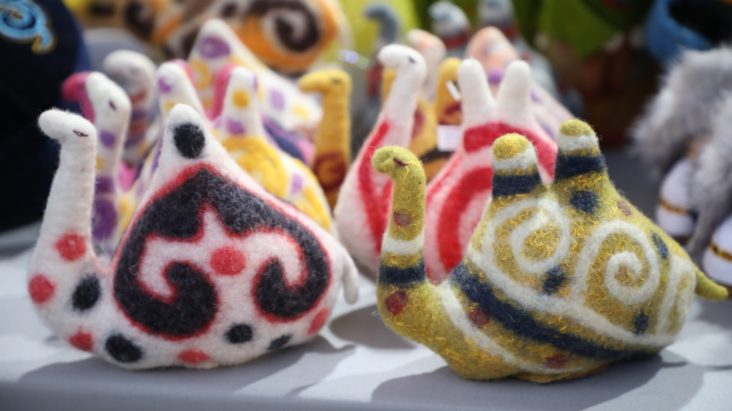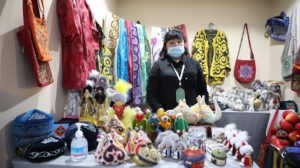Ship Of The Desert And Much More: Kazakhstan Celebrates Its Love For Camels In The UAE

What does the UAE and Kazakhstan have in common? You might think, very little. But both countries love one very favourite animal – the camel. This is immediately apparent at the Kazakhstan Pavilion at the 18thedition of Sharjah Heritage Days (SHD).
Most of the world has two kinds of camels – the single-humped dromedary and the two-humped Bactrian. But Kazakhstan is one of the rare countries to carry out camel hybridisation between the two species, pioneering a whole new breed of different back shapes in the country, including the most commonly seen one-and-a-half-humped camels!
The benefits of cross-breeding this way is a hybrid species that can stand cold weather much better, produce large amounts of milk and have an improved ability to be pack camels.
Camels are also popular in Kazakhstan for their milk and wool, which are even exported to other countries.A camel milk called ‘shubat’, known for its probiotic qualities, is also hugely popular in the country. “We also use the camel wool to make shawls, coats and blankets to protect against the cold weather,” says Gulnar Ayatbek, manager of one of the stalls in the Kazakhstan Pavilion at SHD.
“For many skin conditions, we rub camel wool against the skin and it helps with the healing process.” Ayatbek’s stall sells many types of stuffed camel dolls – single- and double-humped – but made of sheep’s wool, as camel wool is much more expensive.
The camel is thus a much-respected animal in the Central Asian country. “We never use its wool for items underfoot, such as rugs and carpets,” points out Ayatbek, adding that it is only worn as upper body garments and as blankets. “Like the UAE, the camel was also the ‘ship of the desert’ in Kazakhstan back in the day, as it can travel for long distances with little water and without tiring.”
Many other unique facets of Kazakh culture, customs and traditions can be discovered at their country pavilion at SHD, taking place at the heritage area in Heart of Sharjah, which is open to the public until April 10.



